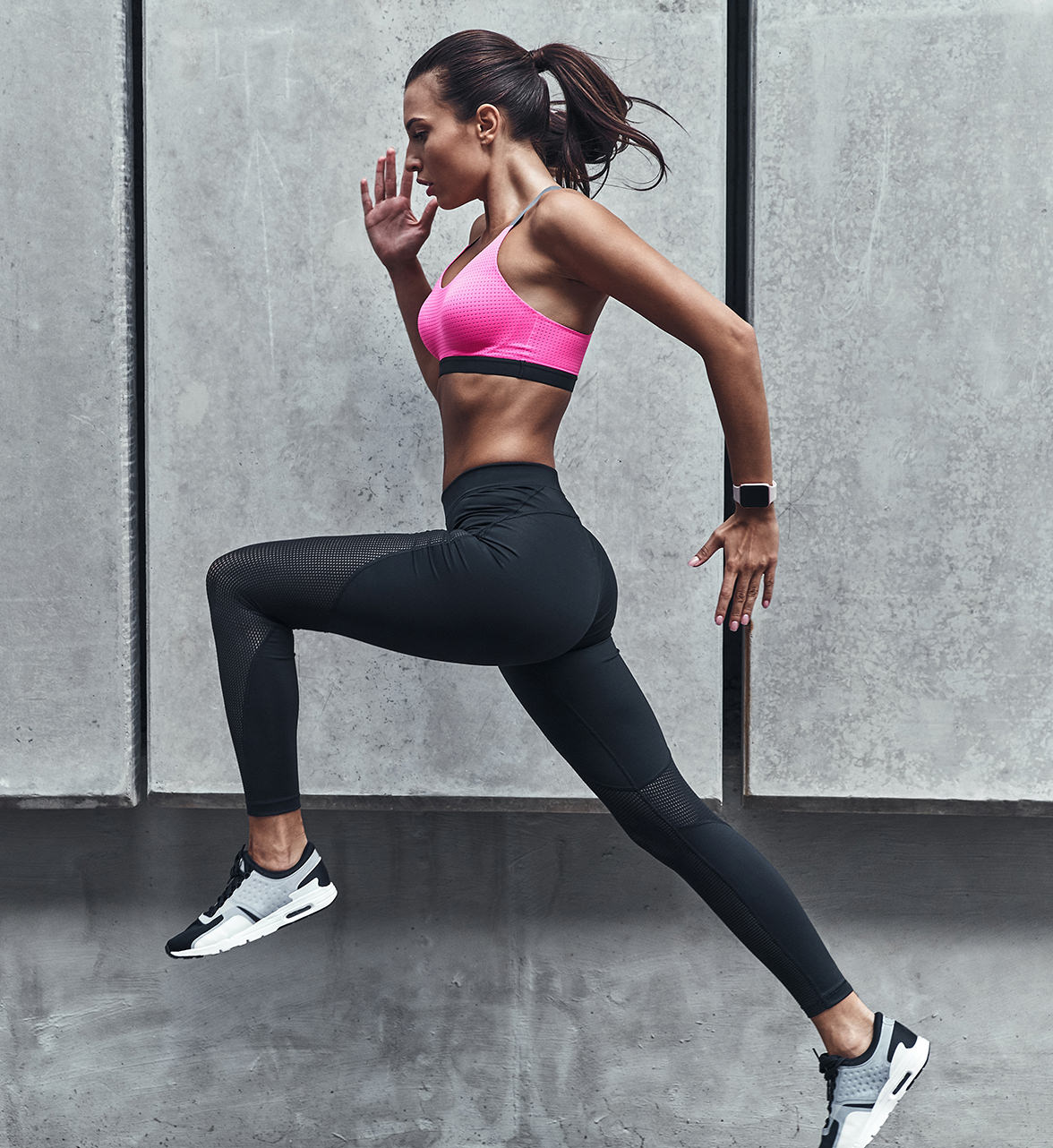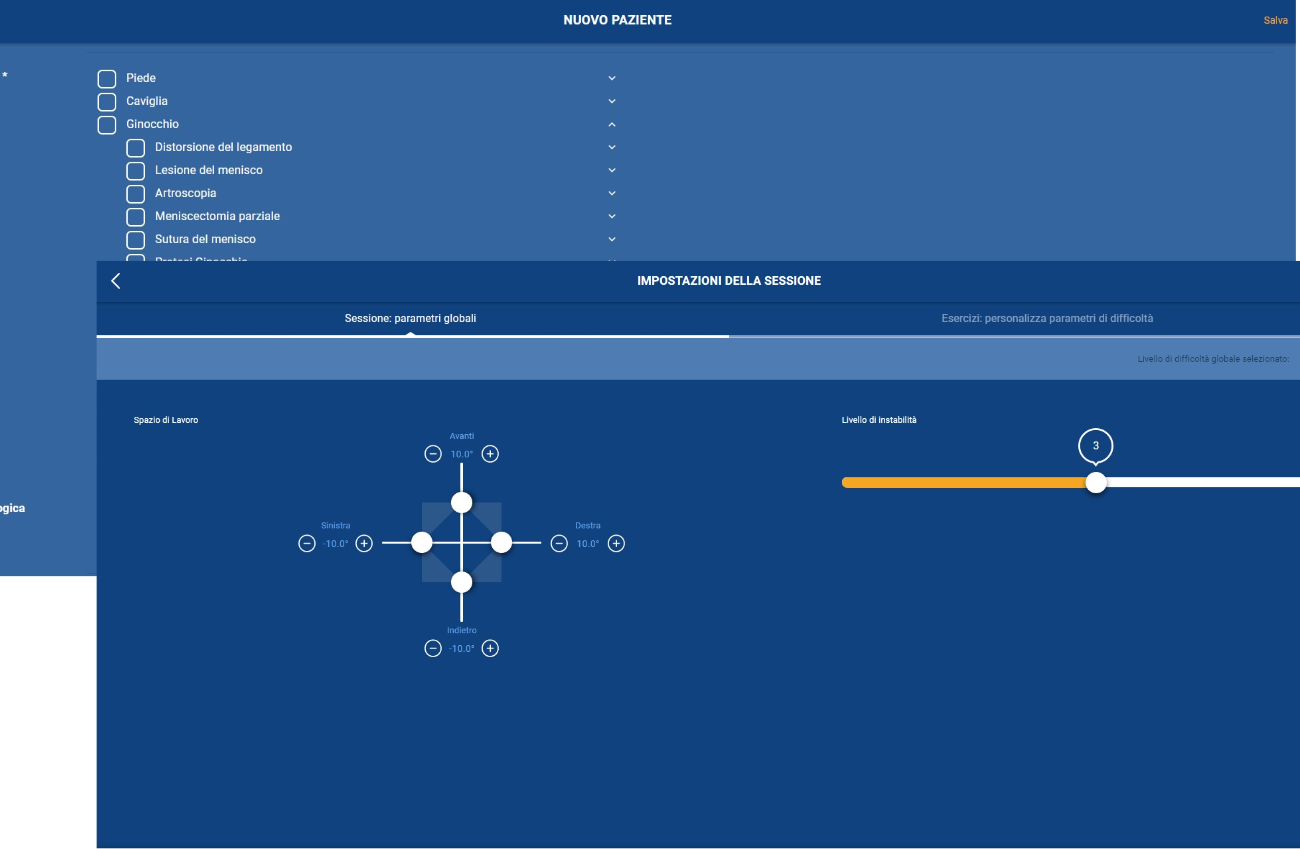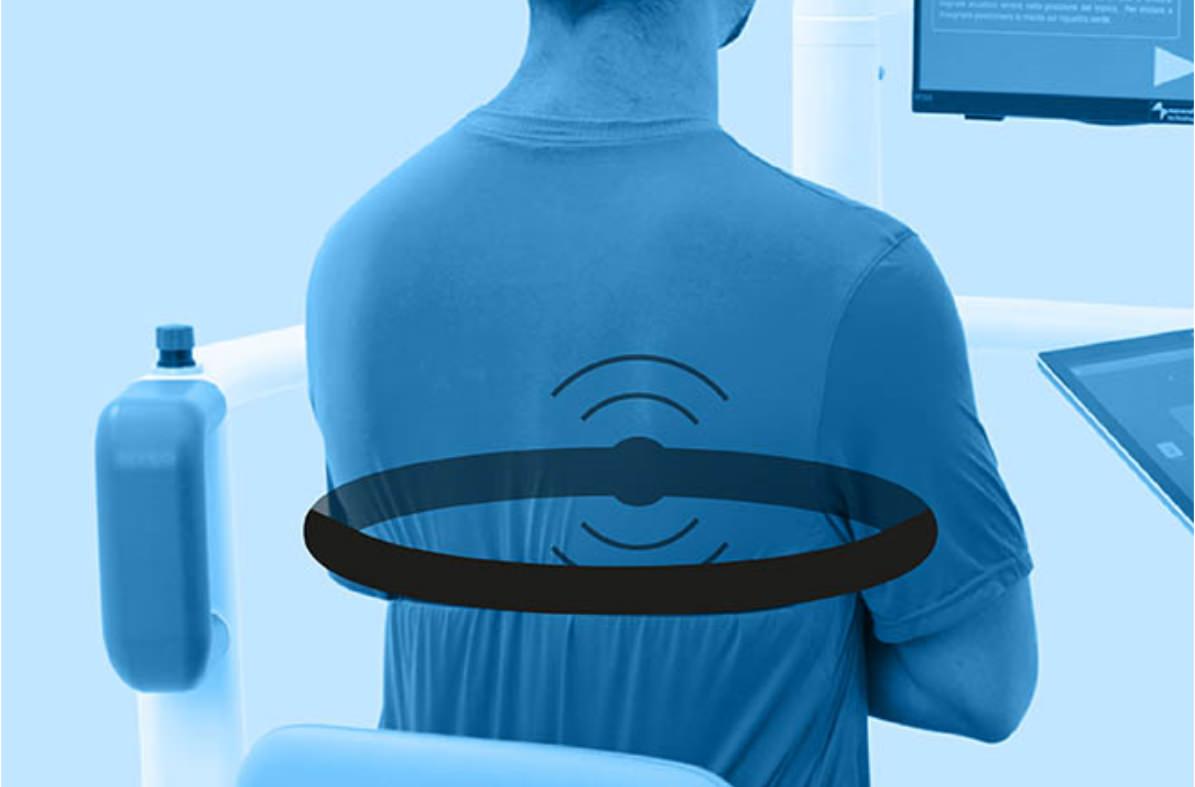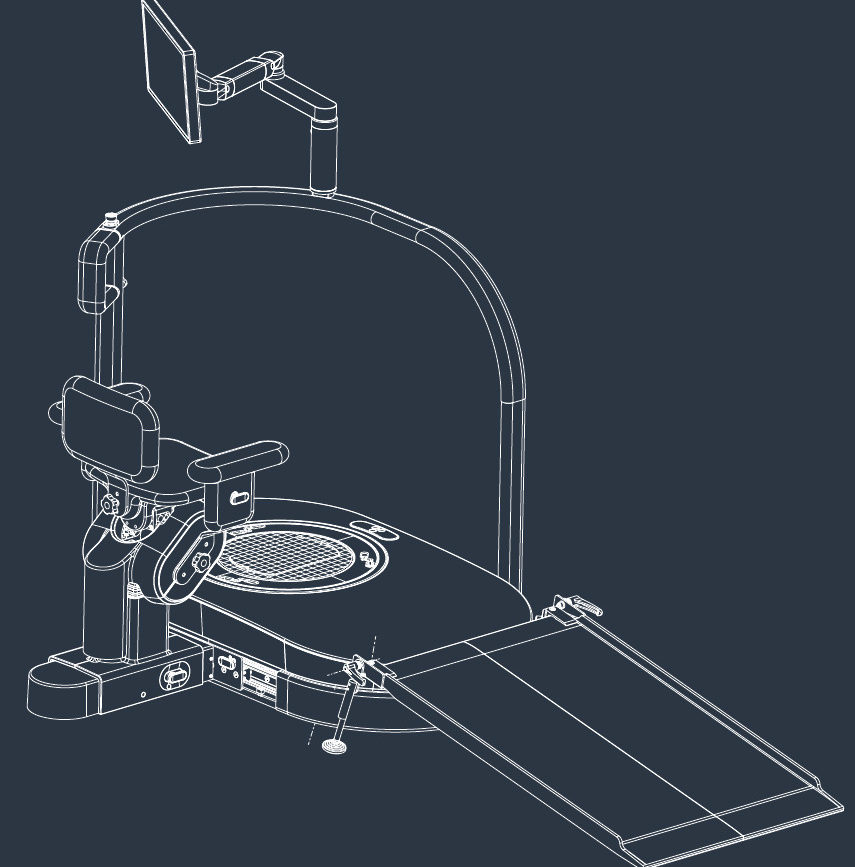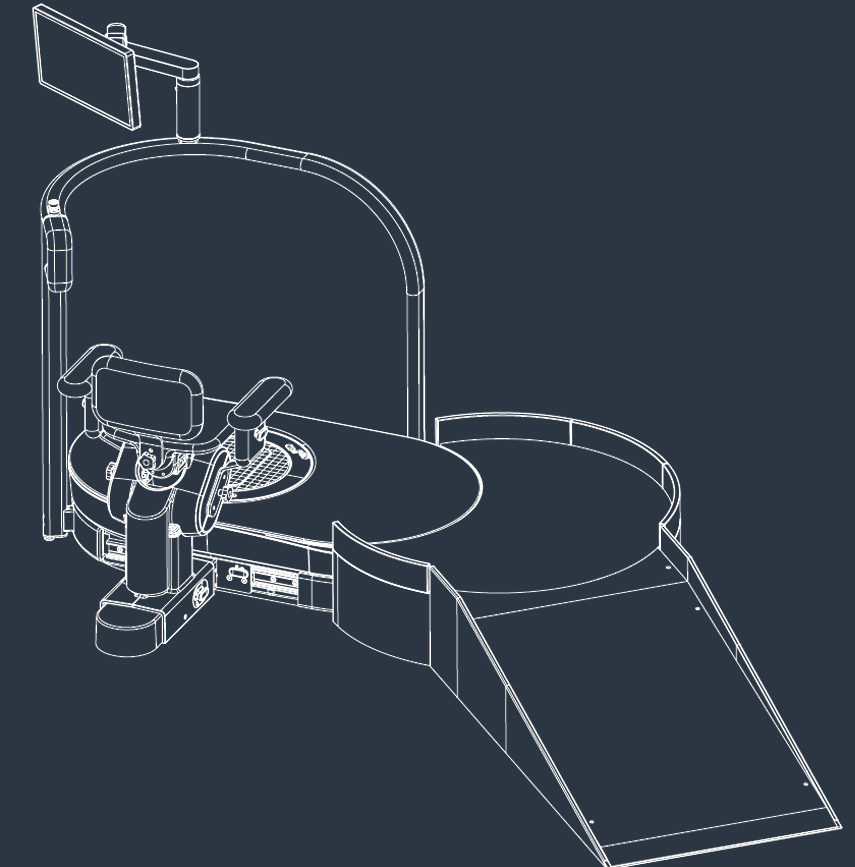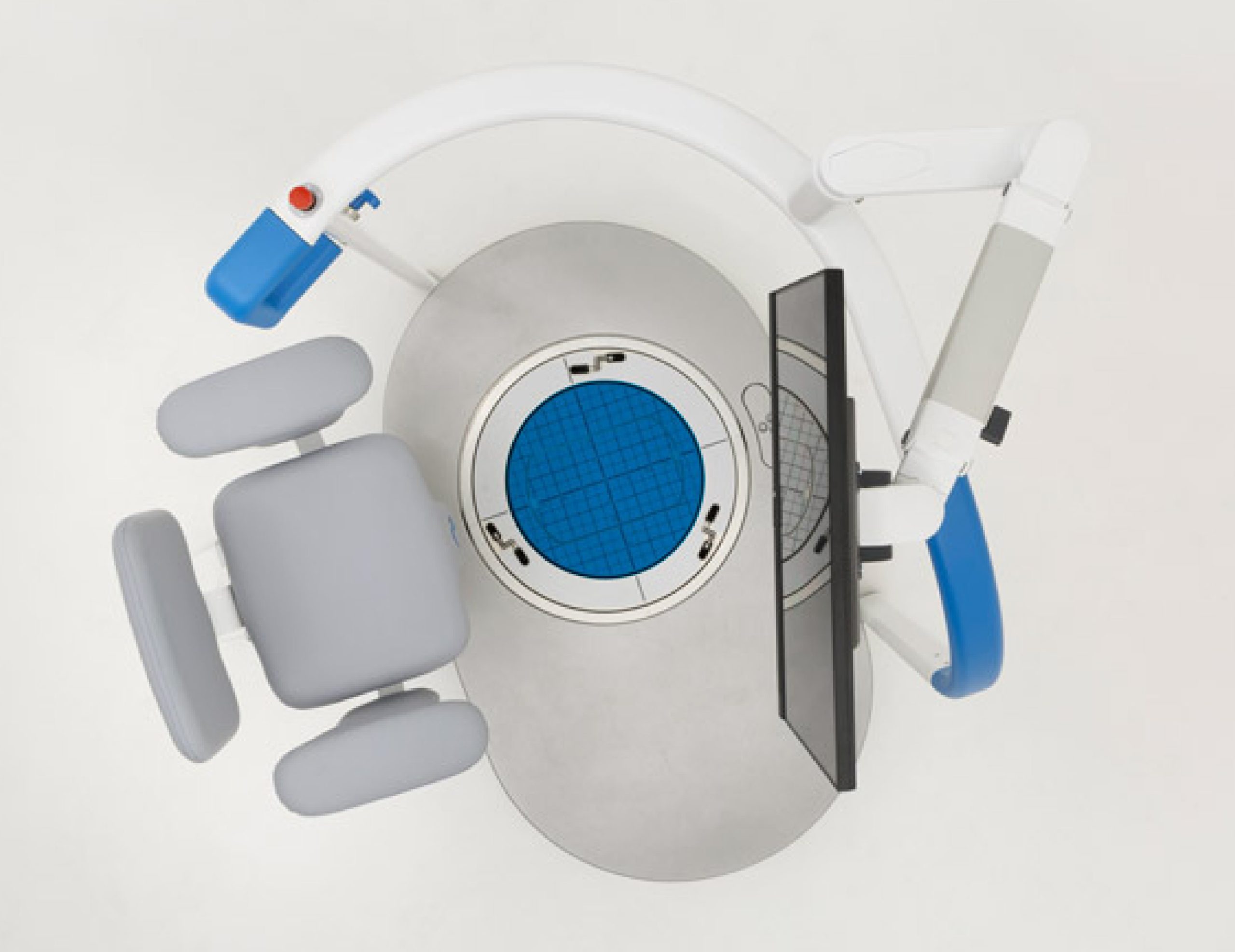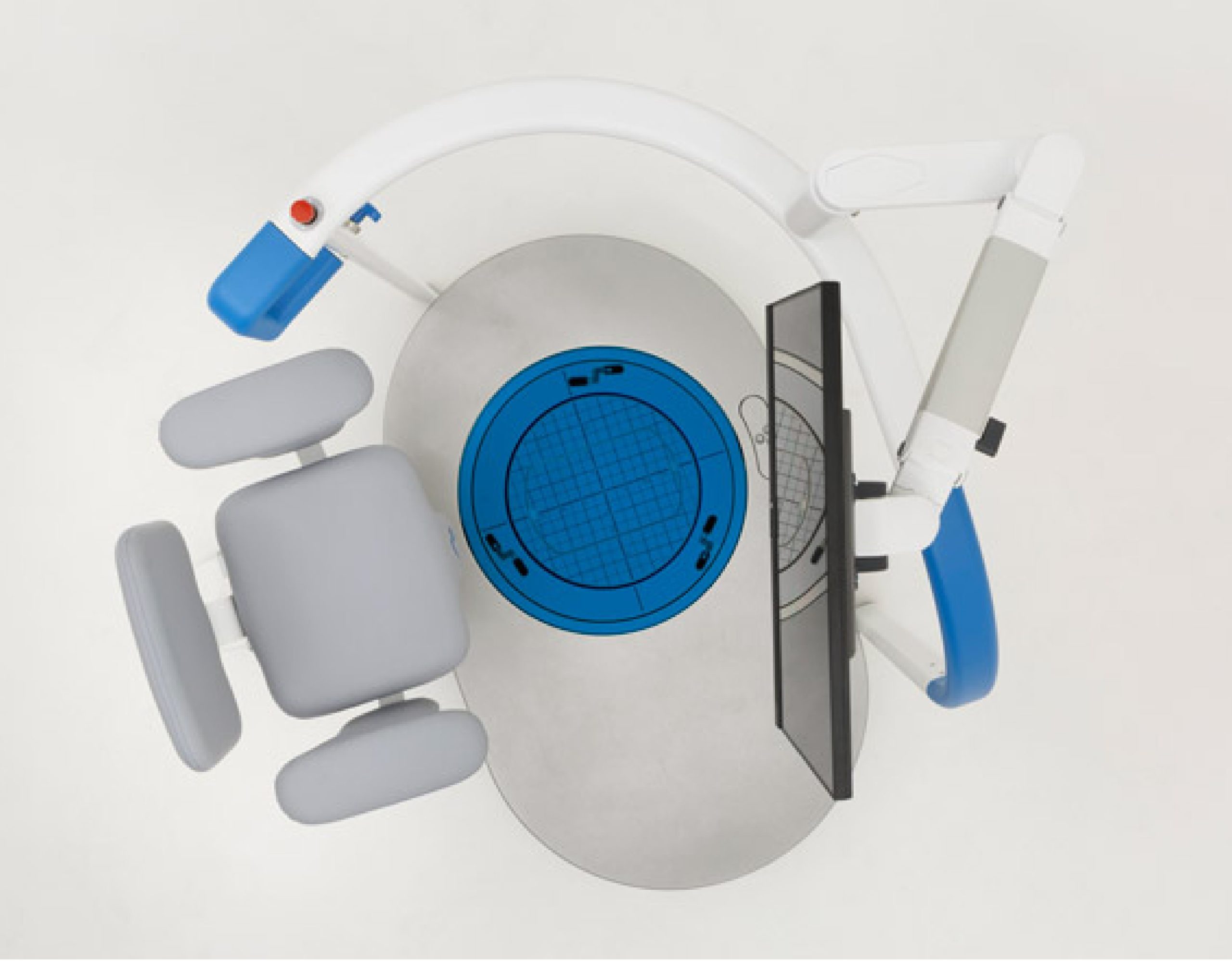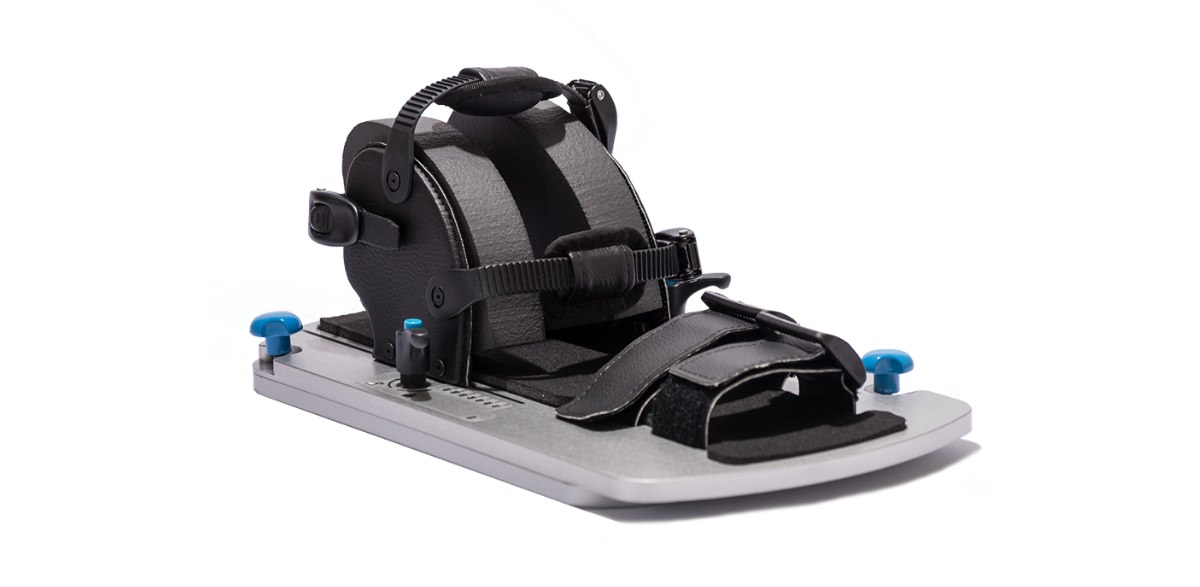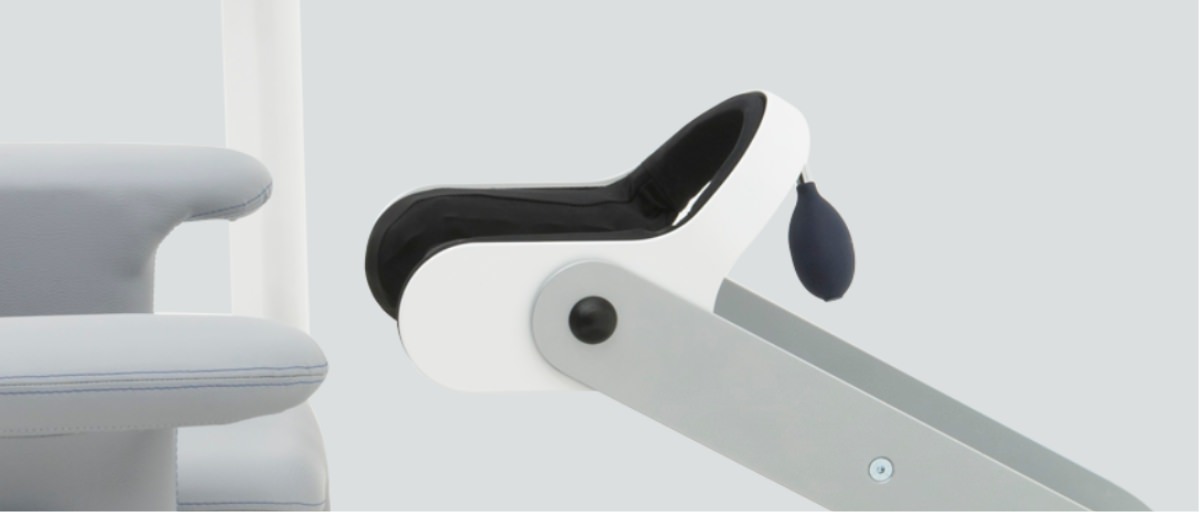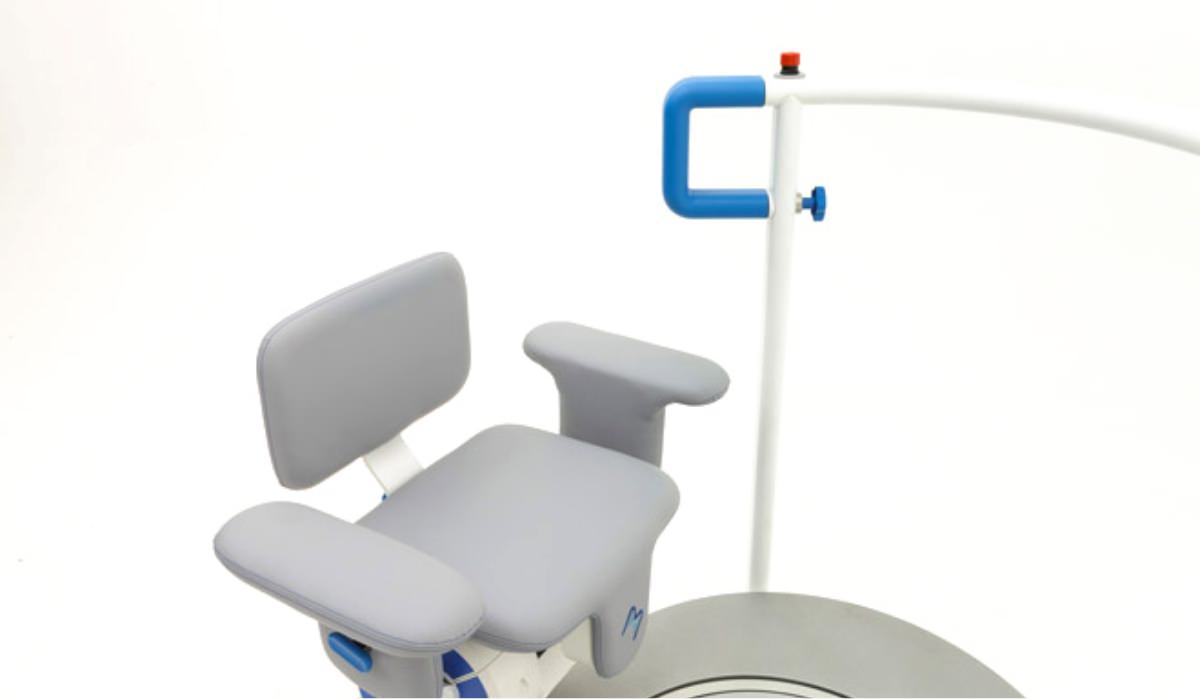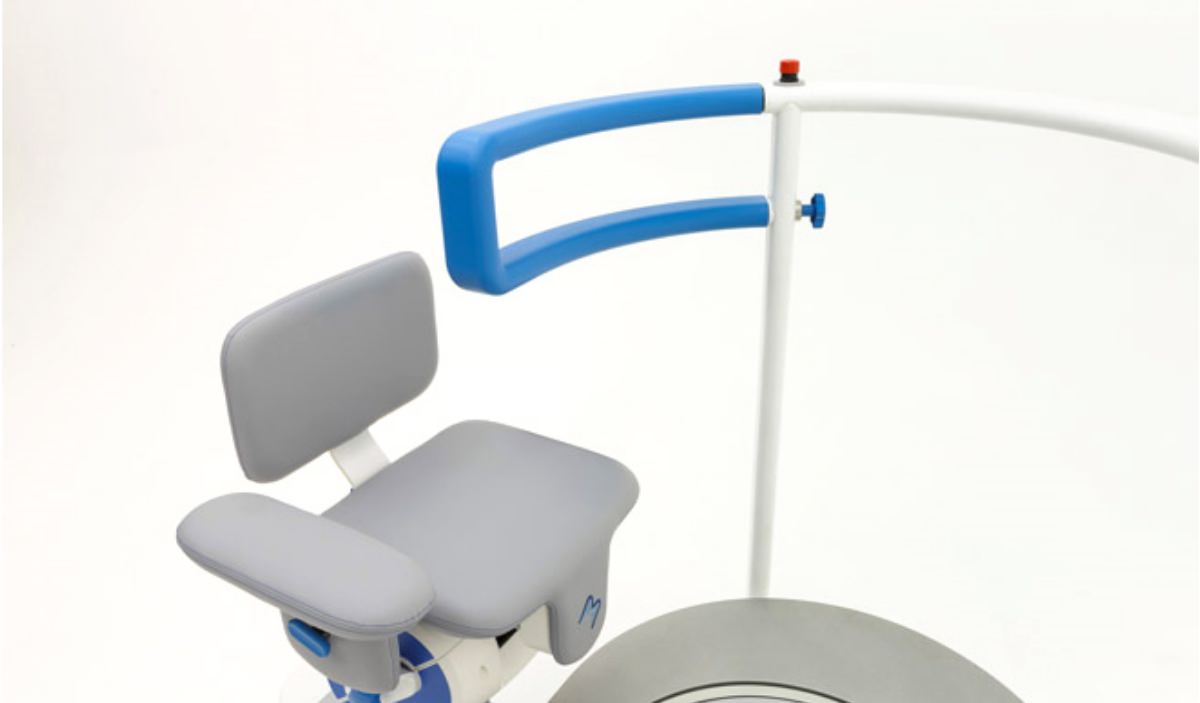performance INDEX
Assessing and improving performance through robotics
The performance
assessment index.
The performance index is a total-body assessment tool that summarizes a patient’s performance in a comprehensive report, making it an ideal solution for both amateur and professional athletes looking to enhance their performance, by comparing their progress with that of high-performers, to obtain better results.
Focusing specifically on balance and proprioception allows to treat the musculoskeletal disorders that constitute some of the most common causes of injuries and occupational absenteeism.
performance index
The study
The performance index was developed through a close collaboration with the coaching and physiotherapy staff of a leading Italian soccer team that was assessed and treated over the course of a season.
The multidisciplinary team identified the functional areas with a decisive impact on an athlete’s physical performance and the best tests for assessing each one.
The performance index is available on hunova device as well as its orthopedic versions huno and huno S.
The technology has been integrated into the routine practice of hospitals and healthcare facilities specializing in orthopedics (including sports medicine), neurology and geriatrics worldwide.
The performance index adapts well to a range of sports disciplines.
The results
An effective solution for amateur and professional athletes, with the aim of increasing performance and comparing physical performance in order to optimize it or recover from an injury.
The performance index adapts well to a wide range of sports thanks to the following features:
• overall performance assessment
• graphical representation of the individual’s general physical condition
• rapid, non-invasive screening
• personalized training based on objective screening
The performance index is calculated by combining the results of assessments in 7 specific areas. When a deficit is identified in one or more functional areas, it suggests the best preventive strategy by focusing treatments in those areas in which the robotic assessment detected suboptimal performance.
Movendo Technology supports medical and physical therapy professionals in the new frontier of individualized and specialized treatment, by providing a valuable set of objective data and quantitative feedback that improve both the efficacy and the efficiency of the rehabilitation or training process.
Graphic representation of the functional deficits of the areas analyzed by the performance index
Global performance index score
The path
Training suggestions
Depending on the results of the assessment, the algorithm suggests a customized training program focusing on specific functional areas and gauged on the severity of the detected deficit.
(The results obtained are displayed using a traffic light approach, to facilitate their reading and interpretation)
The performance index covers seven different functional areas and identifies those requiring a training strategy to improve performance or recover from an injury by using the data obtained from the high-performers assessed using the device as a benchmark.
The benefits for the patient
- improved and optimized athletic performance
- specific assessment and treatment for strength, range of movement, reactivity, balance and proprioception
- rapid, non-invasive screening
- personalized training program based on objective screening and specific functional areas found to be deficient
The benefits for the facility
- assessment and treatment of professional and amateur athletes
- real-time, objective report on the athlete’s condition
- targeted results based on patient characteristics
- the opportunity to propose a new solution with a complete assessment and treatment pathway
Affiliated facilities
Discover where you can find our solutions and products in the specialist partner facility closest to you.
